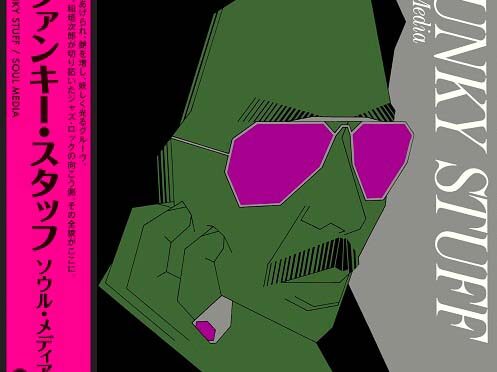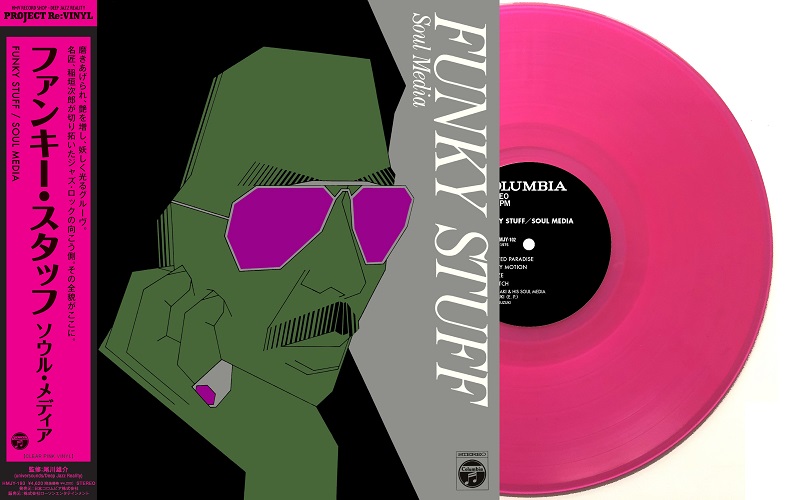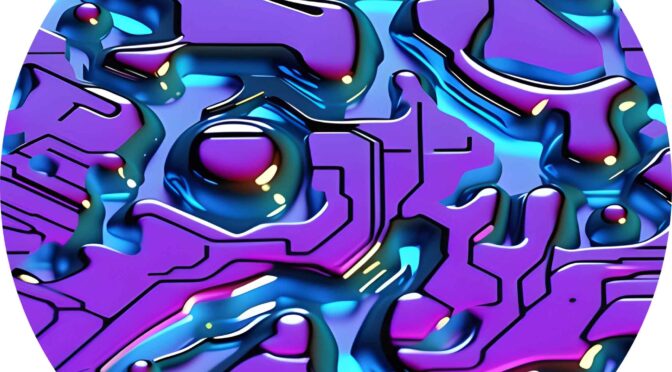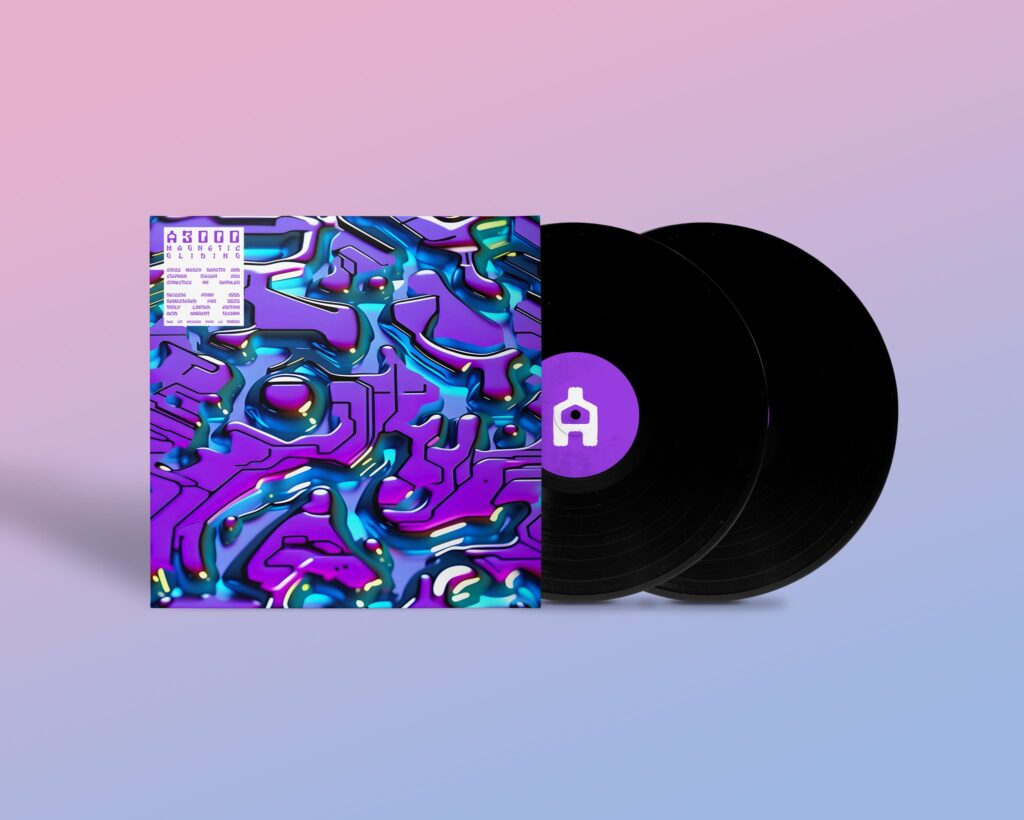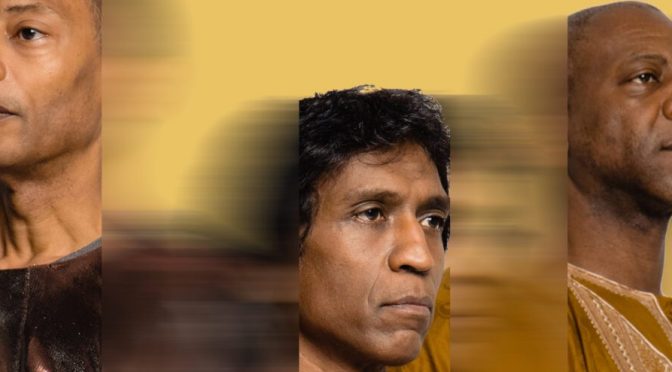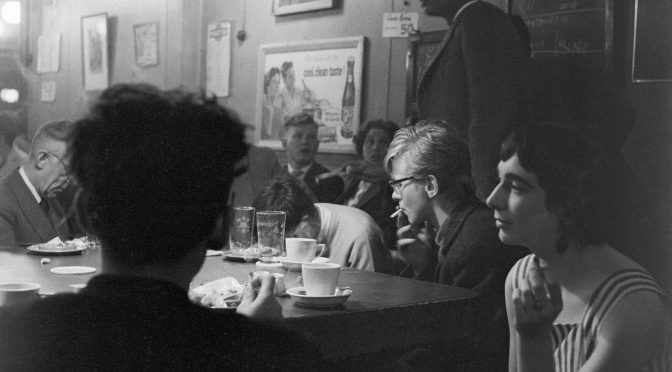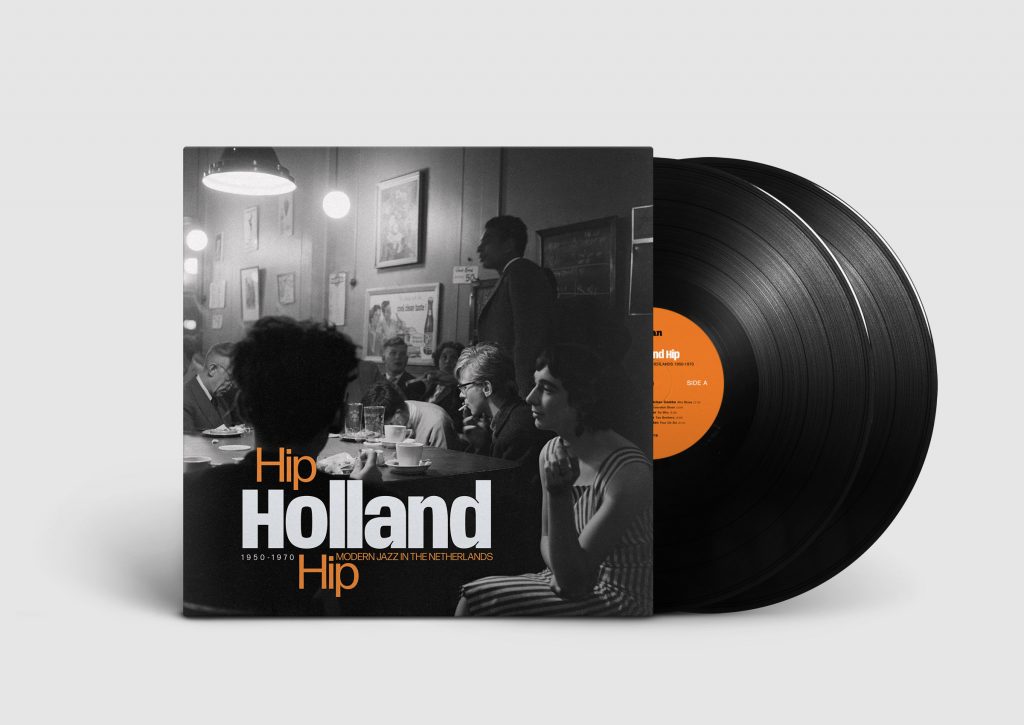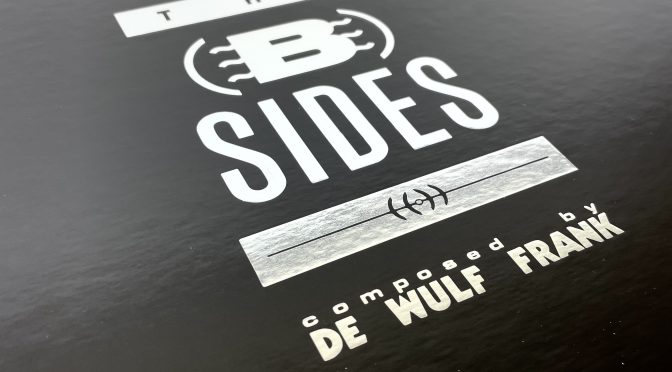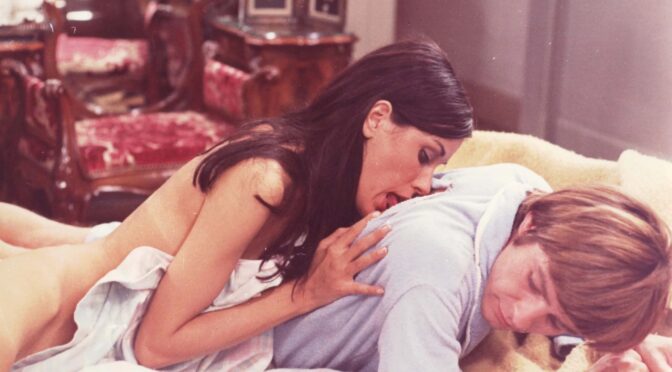
Belgian film scores 1961 – 1976 compiled in new compilation
Sdban Records, the renowned independent groove & jazz label behind Funky Chicken, Hip Holland Hip, and Discophilia Belgica, is thrilled to announce the upcoming release of its latest compilation album, The Belgian Soundtrack: A Musical Connection of Belgium with Cinema (1961 – 1976). Packed with the finest soundtracks boasting an unmistakable Belgian connection, this compilation takes listeners on a captivating journey through a collection of cinematic hidden gems from the early sixties to the late seventies.
Curated by the passionate duo Robin Broos and Tom ‘Pélé’ Peeters, known for their profound appreciation of obscure soundtracks, The Belgian Soundtrack showcases the exceptional talents of both local and internationally acclaimed composers and musicians. From obscure finds composed by lesser-known artists to Hollywood scores performed by world-renowned musicians, this compilation offers a vibrant blend of tracks, including the occasional contribution from renowned international artists who have lent their musical prowess to Belgian films.
The Belgian Soundtrack came into being as a serendipitous adventure. Former film journalist Jan Temmerman reached out to us one day, offering a treasure trove of vintage soundtrack albums discovered in his attic,” recounts Robin Broos. “With 650 long players, mostly unheard of titles, we embarked on an extraordinary quest—to listen to every single one of them, totaling a staggering 29,250 minutes. It was like watching the original Star Wars trilogy 78 times!”
What started as a quest soon evolved into an intriguing investigation fueled by curiosity. Along the way, Broos and Peeters unearthed dozens of treasures, delved into the backgrounds of obscure composers and musicians, and witnessed an array of enigmatic films. “We encountered an abundance of (un)necessary nudity that we never could have imagined existed,” Tom Peeters laughs. The outcome of their explorations is The Belgian Soundtrack, a meticulously curated collection of funky, melodic, and uplifting tracks, each crafted exclusively for the silver screen and boasting an unexpected Belgian connection.
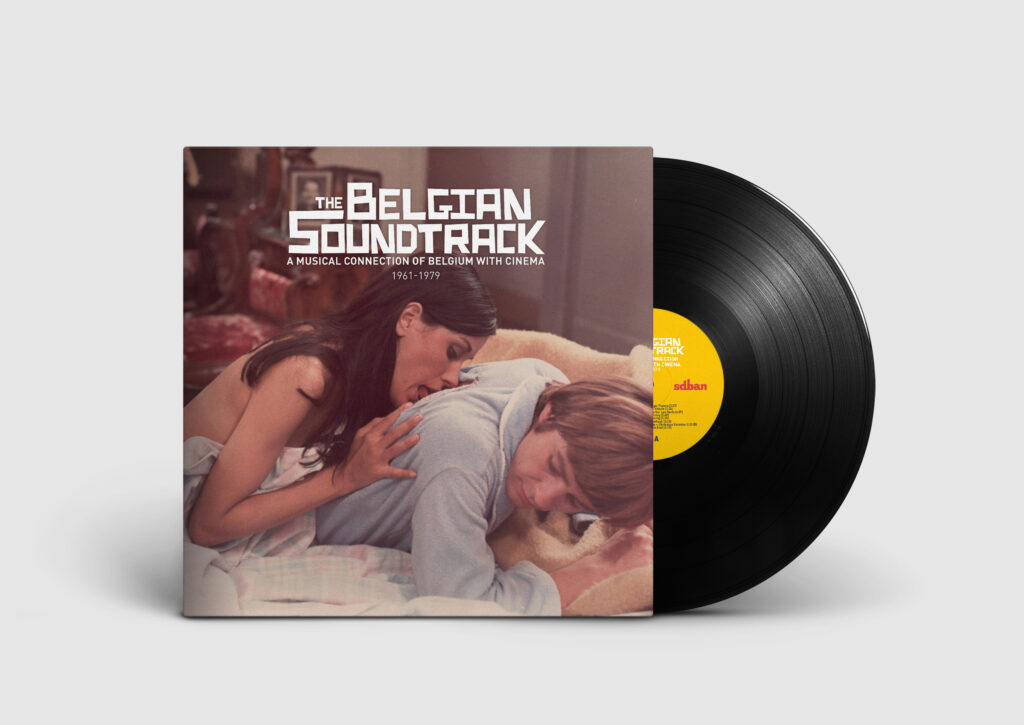
TRACKLISTING
A1. Vladimir Cosma – Courage, Fuyons
A2. Salix Alba – Vol De La Voiture
A3. Louis Marischal – Tu M’Tapes Sur Les Nerfs
A4. Martial Solal – Dancing
A5. Roger Morès – Dancing
A6. Bert Paige – De Discotheek
A7. Pieter Verlinden – Theme 19 (Générique + Générique Variation I)
A8. Henri Seroka – Theme Axel
B1. Rocco Granata – Jonny’s Theme
B2. Krzysztof Komeda – Les Trucs Du Miroir
B3. Quincy Jones – Love Theme From ‘The Getaway’ (Faraway Forever)
B4. Roger Morès – Ballade
B5. Alessandro Alessandroni – La Terrificante Notte Del Demonio (Demon Arise)
B6. François de Roubaix – Poursuite Sur Les Dunes d’Ostende
B7. Jean Marie Bigman – Bolero Pour Denise (Bolero Voor Denise)
B8. Alain Pierre – Nacht Shift
Releases September 29, 2023
·
Tags: Belgium, Sdban Records, Soundtrack

